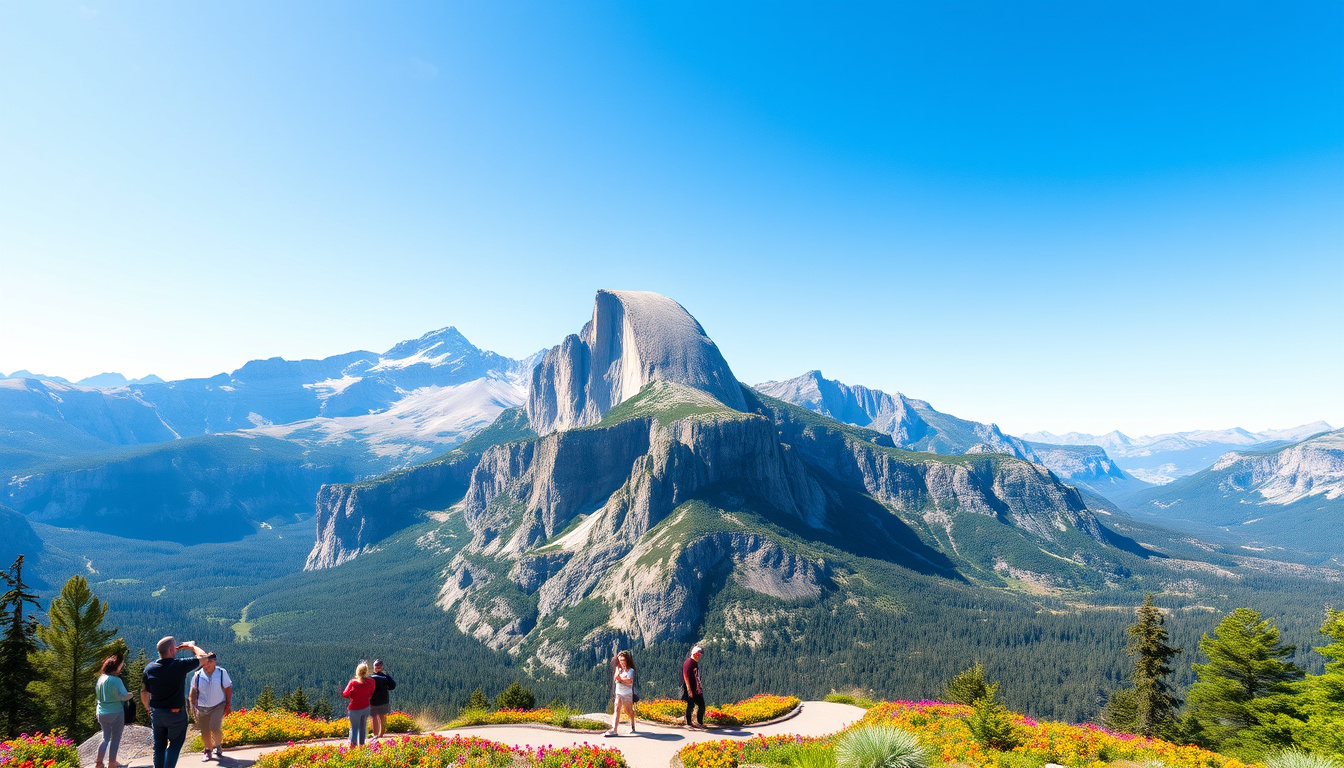As our natural treasures continue to attract record numbers of visitors, the management of national parks has become increasingly crucial. Beginning in 2025, several iconic parks across the United States, including Yosemite, will implement new reservation policies designed to enhance the visitor experience while managing crowd sizes. This article delves into the details of these reservation changes, explains the benefits they provide, and offers essential tips for your future visits to these stunning destinations.

Key Takeaways
- Yosemite will implement a reservation system for summer 2025 to manage visitor flow and enhance experiences.
- Multiple national parks are adopting varied reservation requirements to address rising attendance during peak seasons.
- Public support for reservation systems underscores their effectiveness in reducing crowding and improving visitor satisfaction.
Overview of New Reservation Policies for National Parks
As national parks face unprecedented visitor numbers, new reservation policies are set to shape the future of park visits, with Yosemite National Park leading the charge by reinstating its reservation system for summer
2025. This strategic move comes in response to budget cuts and staffing issues driven by recent federal policies. From May 24 to June 15 and August 16 to August 31, visitors to Yosemite will need a reservation for park entry during peak hours, specifically between 6 a.m. and 3 p.m., while a daily reservation will become mandatory from June 16 through August
15. Notably, visitors using public transit or staying within park accommodations will be exempt from additional reservations. By implementing this system, the National Park Service aims to effectively manage the growing number of visitors, enhancing their experience by minimizing crowding and wait times. Additionally, other national parks are adopting similar measures in 2025, including Rocky Mountain National Park and Glacier National Park, each with specific reservation requirements tailored to their unique assets and seasonal considerations. Increased public backing for these systems underscores their significance in sustaining natural resources and delivering a more enjoyable visitor experience, especially during peak seasons.
Benefits of Reservation Systems in Enhancing Visitor Experience
The implementation of reservation systems in national parks not only aims to control the influx of visitors but also significantly enhances the overall visitor experience. By necessitating reservations, parks like Yosemite can effectively spread out visitor numbers throughout the day, thereby reducing congestion at popular sites. This leads to shorter wait times at entry points, allowing visitors more time to immerse themselves in the park’s stunning landscapes and amenities. Additionally, with the ability to plan visits more strategically, guests can better organize their itineraries, ensuring they maximize their experience by visiting must-see attractions without the stress of overwhelming crowds. Furthermore, this system often encourages visitors to explore less-trafficked areas of the parks, promoting a deeper appreciation of the diverse ecosystems present. As such, reservation systems serve not only as a management tool but as a means to enhance visitor enjoyment and education while preserving the natural beauty of these cherished locations.




